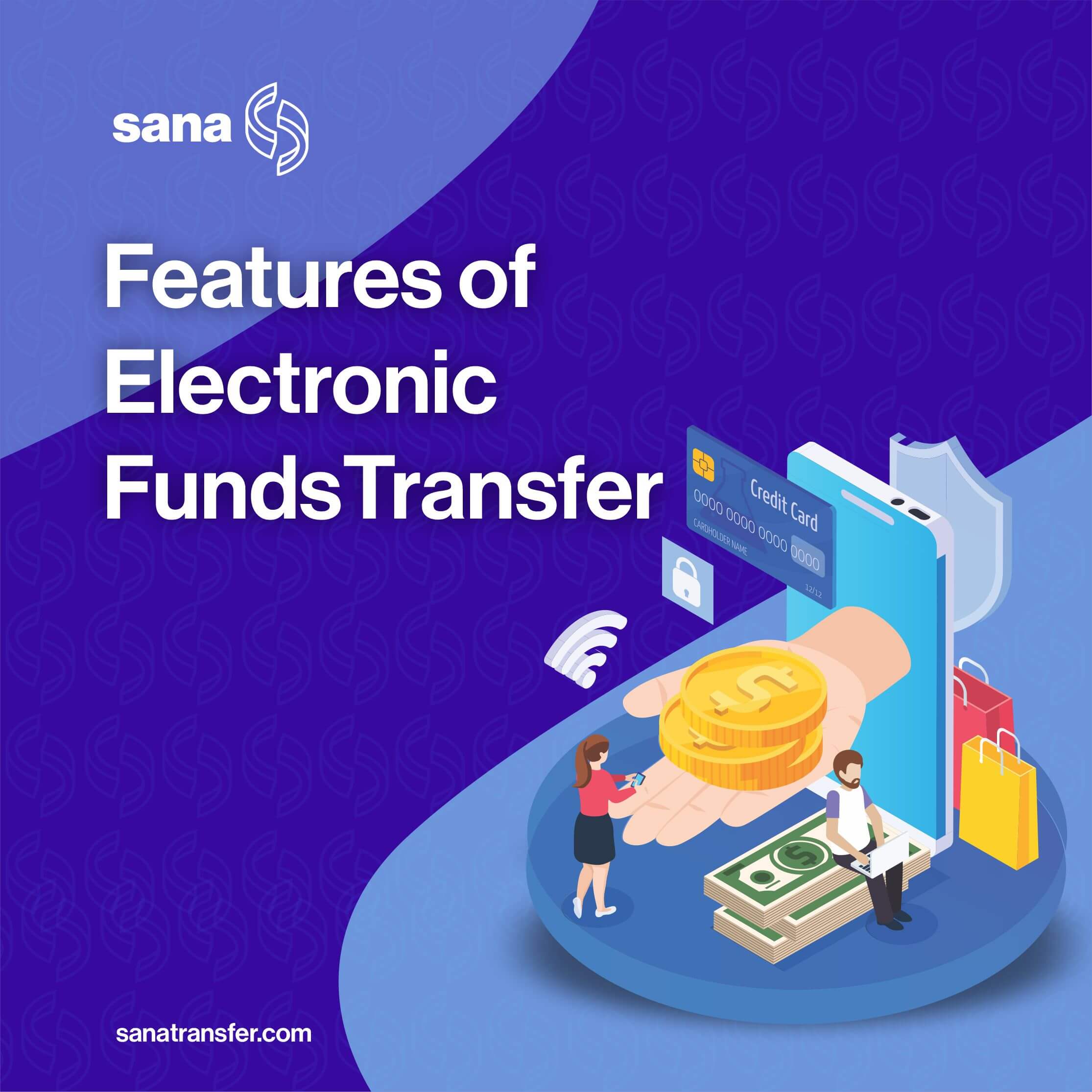Features of Electronic Funds Transfer
From speed to cost and security, there are several Features of Electronic Funds Transfer which make them preferable today. We explored them and more in this article.

Electronic funds transfer (EFT) has some distinctive features that separate it from the traditional method of cash and cheque transfers. When it comes to features like speed, cost, and security, EFTs take the lead. Essentially, these features make them a better alternative to other traditional ways to transfer money. In this article, we will highlight some of the unique features of electronic funds transfers that make them better than cash and paper cheques.
What is an Electronic Funds Transfer?
An electronic funds transfer, also known as EFT is a kind of instant payment that involves the digital transfer of funds from one bank account to another. You can initiate an EFT using a card reader, computer, or just over the phone. Generally, when EFTs are processed, one account will have to be debited while the other account will be credited. The bank will debit the sender’s account to credit the receiver’s account.
How Does Electronic Fund Transfer Work?
Before we take a look at the features of electronic funds transfer, let’s see how they are processed. The processing of the Electronic Fund Transfer System involves a few important parties. These parties comprise the sending bank/financial institution, the sending EFT centre, the sending service branch, the receiving EFT centre, as well as the receiving service branch located at the receiver’s bank. Here are the steps to explain how this process works:
1. You initiate a fund transfer proposal in your bank.
2. The sending bank (your bank) will then consolidate all of such money transfer requests and send these requests to the service branch.
3. The service branch goes ahead to transmit the EFT data to the National Clearing Cell (NCC). The NCC is an automated clearing house.
4. The NCC will then disseminate the EFT data to the NCC based on the recipient’s end.
5. The receiving NCC will then process the EFT data and forward it to the recipient’s bank.
6. The bank branch receives the data and credits the recipient’s bank account almost immediately or within 1-2 days of the transfer request being made.
Related Article - Electronic Funds Transfer Advantages and Disadvantages
What Are the Features of Electronic Funds Transfer
Here is a list of some unique features of electronic funds transfers:
1. EFTs are processed electronically
Unlike cash and paper cheques, EFT payments are sent electronically and the entire process is paperless. When you send money via any type of EFT, your bank will e-transfer the fund directly to the intended recipient’s account.
2. You get access to your account at your convenience
EFTs have made it possible for you to access your bank account at any time since all transactions are done digitally. Basically, this means that you can use EFTs even during weekends or after your bank closes for the day.
3. Excellent security
One of the finest features of electronic funds transfer is its tight security. Generally, EFTs are regarded as a safer payment method than paper cheques, since the transfer takes place digitally. Nevertheless, this method is not 100% secure because there is always a risk when transmitting cash over the Internet. Certain kinds of EFTs, such as the ACH, are far more secure than other kinds.
4. Fast and reliable
Most types of electronic fund transfers are very fast and reliable. Also, they don’t need you or the recipient to put in much work before the transaction gets initiated/received. All transactions will get completed within 1-2 days.
5. Cost-effective
Most types of EFTs are much more affordable than other types of traditional payment options. Your bank will just charge you a small flat fee for any electronic transaction you initiate.
6. Once the transaction is initiated, it can’t be reversed
You need to be extra careful when initiating EFTs as most of them cannot be reversed. Make sure you cross-check the details of the transfer and ensure that you are sending the transfer to the right recipient.
7. Fewer Errors
When you use cash, your transaction may be at risk of getting miscalculated by bank employees, which leads to wrong transactions. Also, it takes extra effort for employees to manage their cash and process the transaction. So using cash can lead to more transaction errors and is also generally more stressful for your bank to process. However, all these are completely gone when you use EFTs for payment.
Recommended - Types of Electronic Funds Transfer (EFT)
Final Thoughts
The features of electronic funds transfer differentiate it from other methods of traditional transfers. Since EFT payments are sent electronically, they are generally more secure, faster, more convenient, and less expensive than the use of cash and paper cheques. Essentially, this makes them the best and safest way to make payments and send money to other people, both locally and internationally.
Join 500+ users across Canada in sending money back to family and loved ones using the SanaTransfer app.
Visit SanaTransfer.com now to get started or download the app on Android or iOS.
